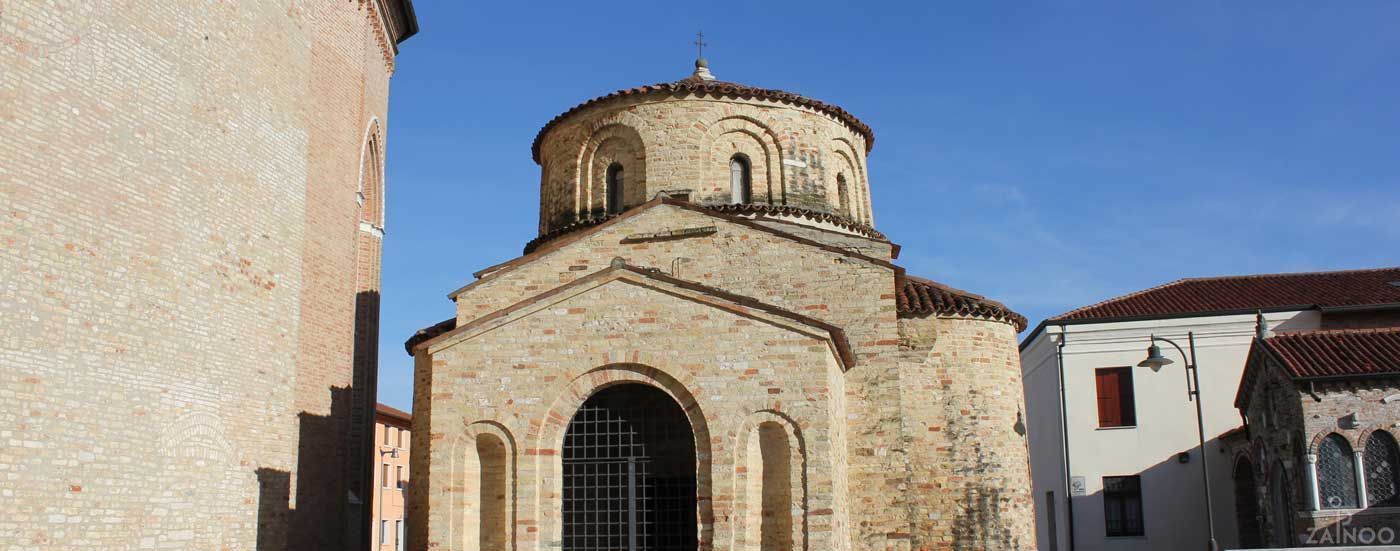History of Veneto
From a Roman province to a Doge Republic
Originally inhabited by Indo-European Veneti and Euganei, Veneto was conquered by the Romans in the 3rd century BC. After the fall of Rome, Goths and Lombards invaded the region. Many Venetians fled into the swamps of the lagoon and established settlements there – Venice was born. With the rise of the city-states in Italy, Venice conquered the eastern Mediterranean and rose to become the most important trading power in Europe. Following its the defeat at the hands of the Ottomans, Venice conquered the surrounding area of the mainland and integrated Verona and Padua into the Venetian empire. After a slow decay of power, Veneto was incorporated into the Hapsburg Empire in the 19th century, and finally, in 1866, into the Kingdom of Italy.
Veneti and Romans
In the first millennium BC, the Indo-European Veneti wandered into the present-day Veneto and pushed the resident Euganei into the mountain hills. Brisk trade with the Etruscans and the Greeks helped the Veneti settlers to flourish. Around 300 BC the Roman period began. With their victory against the Etruscans, the Romans finally conquered the Veneto region. Many of the larger settlements such as Verona, Padua, Vicenza and Treviso were governed by Roman municipal law, and they became major trading centres in the new Roman province of Venetia et Histria. The capital of the new province was Aquileia, which is located in today’s Friuli Venezia Giulia region.
After the fall of Rome, the area was ruled by the Ostrogoths. During the Great Migration, Veneto was invaded by Visigoths, Huns and Lombards. Many of the frightened people fled into the marshy lagoons in the delta where they founded the first settlements – the hour of the birth of Venice had struck.
The rise and fall of the Doge Republic
With the rise of the Italian city-states, Venice, Verona, Vicenza, Treviso and Padua gained their independence and became powerful economic and trade centres in Veneto. While most of the Venetian cities cooperated with Lombard cities, Venice went its own way, focusing more on the east. After defeating the Dalmatian coast in the 11th century, the young Doge Republic rose to a strong sea power. In numerous bloody wars, it expanded its territory throughout the eastern Mediterranean. After the sack of Byzantium, large parts of Greece, including Crete and some regions of Turkey, were part of the Venetian Republic. For two centuries Venice was the most important trade city in Europe.
The rise of the Ottomans in the 14th century lead to the slow decline of the Doge Republic. When the Venetians lost many areas in the eastern Mediterranean to the Ottomans, the Doge’s focus turned more towards the mainland around Venice. First Treviso and the Istrian coast were incorporated, in 1404 Verona surrendered, and in 1405 Padua was finally conquered. In the following years the Venetians conquered the rest of today’s Veneto region and occupied cities as far away as Lombardy and Apulia. Only the Austrians, with the help of the French, could put the Venetian expansion efforts to an end in the 16th century. With this defeat, the slow phase of decline began, which resulted in the loss of independence in 1815.
Veneto from the 19th century
After a short period as part of the Lombardo-Venetian Cisalpine Republic, Veneto became a dependency of the Austrian Habsburg monarchy, together with Lombardy and Trentino Alto Adige. A long and bloody struggle for independence (Risorgimento) began, which ended after major battles around Solferino in 1861 in the liberation from foreign rule. In 1861 the Kingdom of Italy was established; it incorporated Veneto in 1866.
During World War One Veneto was again the location of extremely bloody battles between the Habsburgs and Italy, fighting each other along the Alpine crest. Many monuments remind us today of the hundreds of thousands of soldiers who died in these battles. After the Second World War, Veneto was a poor and backwards region, shaped by centuries of feudal rule. Within the past 40 years, Veneto has made the leap to one of the wealthiest and most developed regions of Italy, through expansive economic growth and tourism.


Tweet